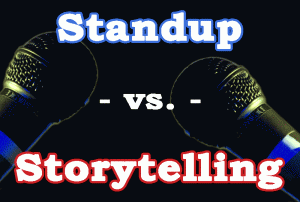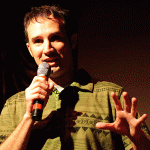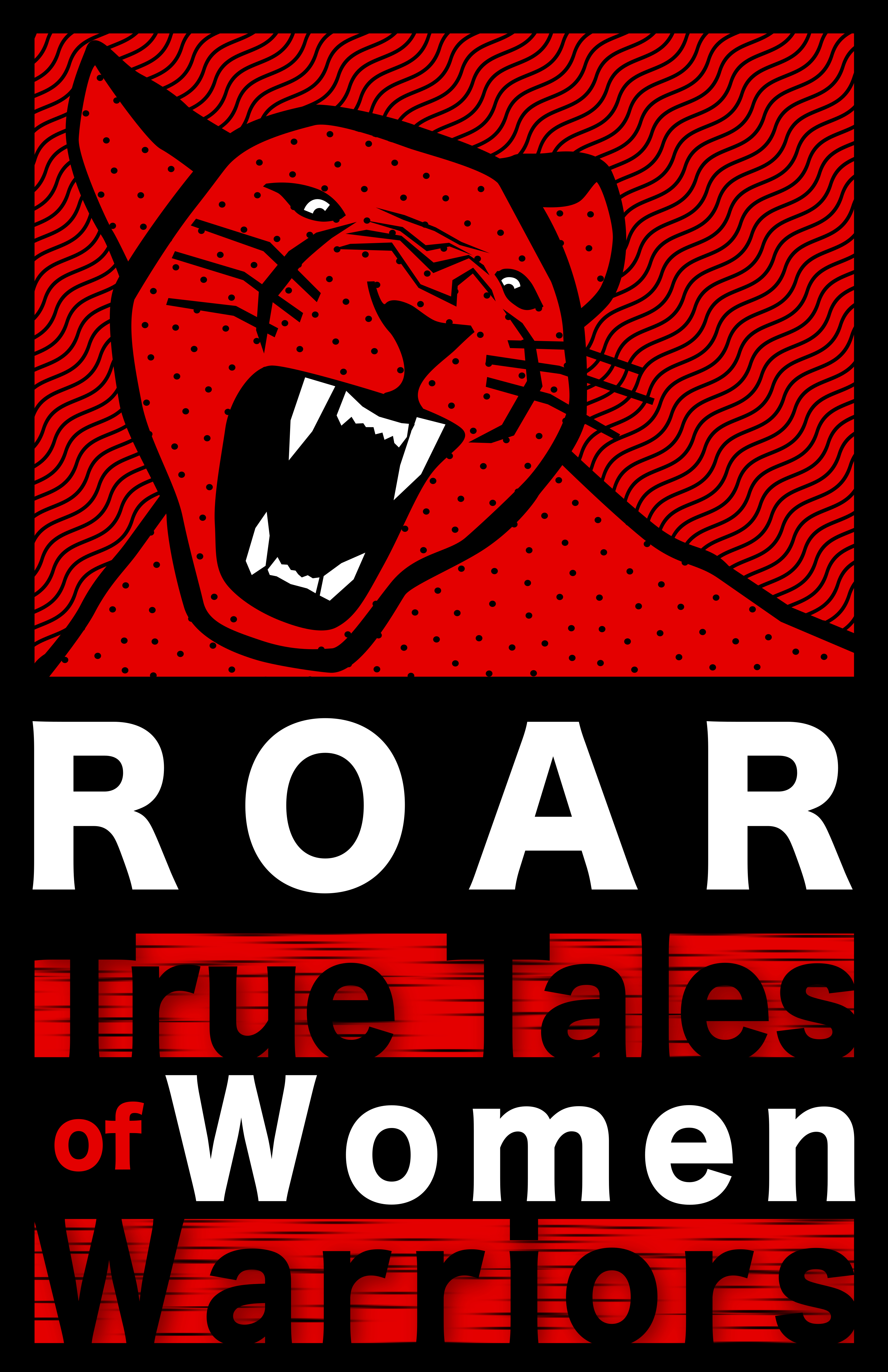 I once read about an experiment (somebody else read about it and told me about it) where five gorillas were placed in a metal cage with a cement platform in the middle of it. Above the platform were bananas. Any time one gorilla climbed the platform to get the bananas, the others were administered an electric shock. Soon, anytime a gorilla would head toward the platform to get a banana, the other gorillas would swoop in and give the offending gorilla a Cesar-style beatdown. The electricity had been turned off for days (nice little twist, eh?) yet, they still beat up any ape who tried to take the forbidden fruit.
I once read about an experiment (somebody else read about it and told me about it) where five gorillas were placed in a metal cage with a cement platform in the middle of it. Above the platform were bananas. Any time one gorilla climbed the platform to get the bananas, the others were administered an electric shock. Soon, anytime a gorilla would head toward the platform to get a banana, the other gorillas would swoop in and give the offending gorilla a Cesar-style beatdown. The electricity had been turned off for days (nice little twist, eh?) yet, they still beat up any ape who tried to take the forbidden fruit.
I know what you’re thinking. Why didn’t I stop reading this yet? The point of that torturous psychological ape analogy is that nobody tells the people at these storytelling venues not to heckle or run around during the performances. It’s something that all new people just pick up on from those that have been there before. And yes, it’s because Jessica beat the crap out of a few indignant audience members in the early years.
Despite a large crossover in clientele, there are many differences in the audiences of standup comedy and storytelling. I’ll first tell you what they are and then hopefully run out of time before telling you why they are, because all I’ve come up with is the ape analogy smokescreen I deployed hoping you would just barely not understand it enough to make it sound like I knew what I was talking about.
First of all, there is no heckling in storytelling. There really shouldn’t be in standup comedy on the equivalent amateur level, but there is. And by heckling, I don’t necessarily mean the “You suck!” type of heckling that most people consider. There are many different ways to heckle.
The most obvious way to heckle is an attempt to degrade the performer. His or her joke, name, brand of cargo shorts, whatever. A lot of standup audiences believe that they have the right to be heard if they think they are funnier than the performer. Why? Because of the apes. That, and because standup is more confrontational, whereas storytelling is more emotionally vulnerable. Standup almost pits the performer against the audience in a form of battle whereas storytelling is an emotional journey the performer brings the audience on. Generally. And for those outlying performances that go the other way for either genre? Well, the bananas have already been sitting there for a couple days. No sense in pissing off the other apes.
The other, more subtle ways to heckle are when the audience doesn’t even know they’re heckling. I was trying to deliver a standup routine to someone who kept tagging all my jokes. “Sounds like my sister!” he said loudly and in an Irish enough accent for me to not completely understand him. I continued. He continued. “A mighty fine slut she was, no?” Yes he was drunk, but he genuinely thought he was helping my routine.
He was not. Don’t do this. Nor should you yell out “That’s so funny!” after every joke either. That doesn’t help as much as you think it does. Just go back home, find an email, hit reply all and type “LOL.” You should get your fix that way.
Slightly less abrasive but no less annoying are the indignant listeners who think they can just power talk through a performer’s set. I get it. We’re at a bar. You probably didn’t even know there was going to be a bunch of people talking into a microphone, ruining your chances of hooking up with some random sorority girl. But now that we’re here, how about you either find another forum for your drunken flailing attempts at catching strange or you at least try to be quieter than the guy with the microphone attached to an amplifier? Stupid apes.
At every storytelling event I’ve ever attended (over 50), the audience members are ALL completely attentive, not talking (or the bare minimum at acceptable enough times), paying attention and remain seated for at least the entire length of each story. Sure, people get up between performances and take their smoke breaks, but people know not to interrupt a story. And when somebody does try to get back to their seat during a performance, they do that squat-walking, shoulder-tensed dance as if to say “Yeah, I know. I’m sorry.”
Maybe the subject matter commands a different atmosphere. Or maybe it’s the professional setting. But there are a lot of the same people in each crowd and it can’t be blamed on alcohol, which The Auld Shebeen also has in abundance. Maybe it’s the Better Said Than Done storytelling magic.
Or maybe it’s just the apes.
 Dustin Fisher is an amateur stand-up comedian, award-winning storyteller, freelance writer and stay-at-home dad, all of which are just nicer ways of saying “unemployed.” You can follow along with him, his daughter Mabel, and his newborn son Morris as they learn how to raise each other at http://daddyneedsanap.com/.
Dustin Fisher is an amateur stand-up comedian, award-winning storyteller, freelance writer and stay-at-home dad, all of which are just nicer ways of saying “unemployed.” You can follow along with him, his daughter Mabel, and his newborn son Morris as they learn how to raise each other at http://daddyneedsanap.com/.
His first memoir, Daddy Issues, is available in paperback, eBook, and Audiobook. Dustin has been published in the Huffington Post, The Good Men Project, Speakeasy DC blog, Baltimore Fishbowl, So Much Sports, Welter, Plorkology, and Baltimore STYLE Magazine. A list of his upcoming shows as well as a video archive can be found at http://dustinrecsports.com/.
Dustin lives in New Carrollton, MD with his wife Jennifer, daughter Mabel, son Morris, and one too many cats.


